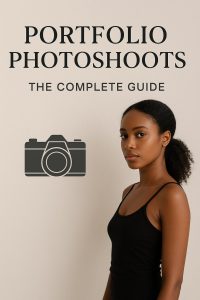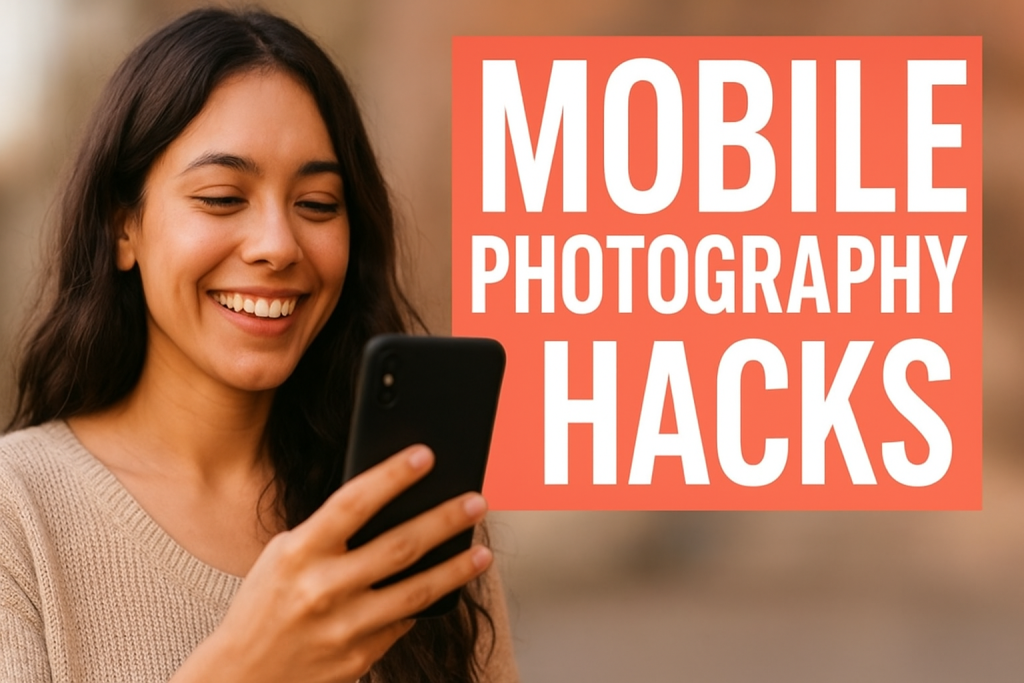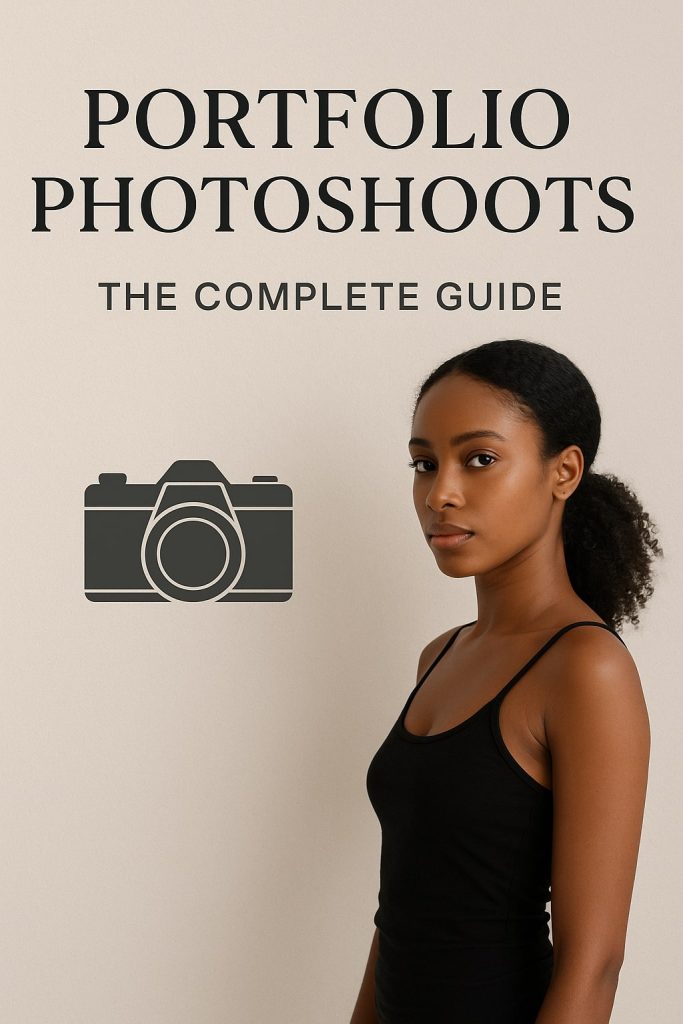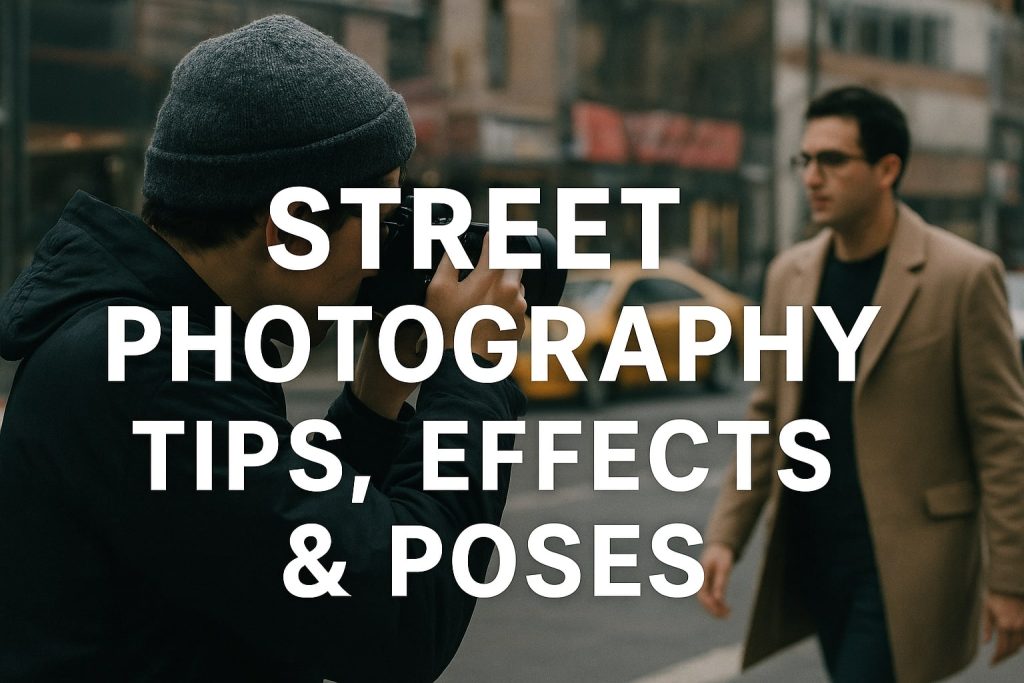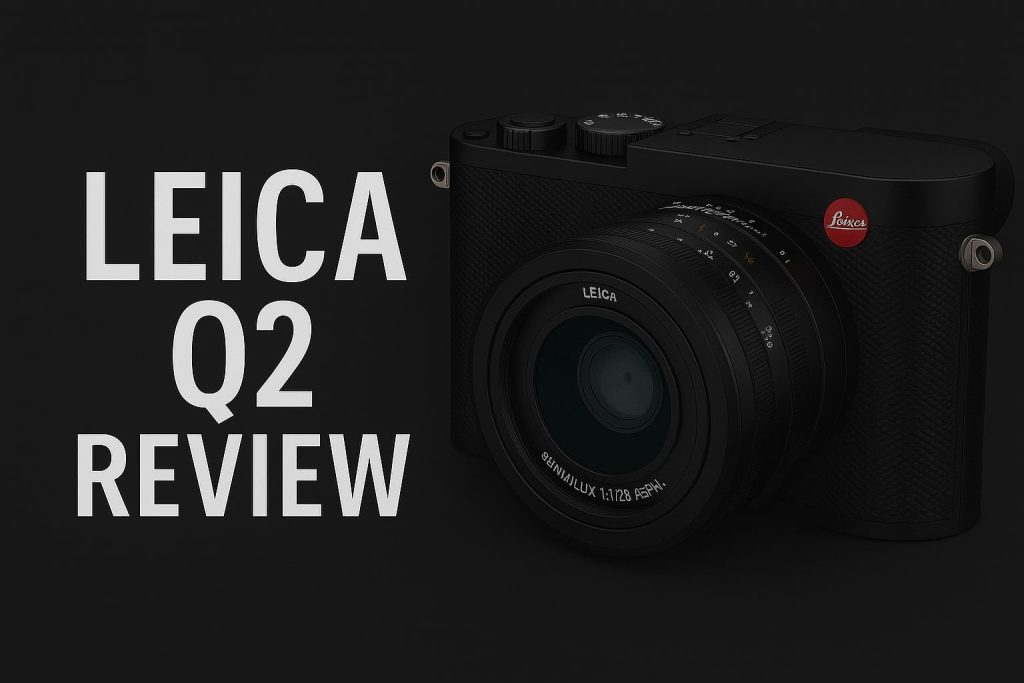Portrait photography is more than just pointing a camera at a subject and clicking a button. It’s an art form that requires skill, creativity, and attention to detail. Whether you’re photographing a professional model or capturing moments with friends and family, creating stunning portrait involves lighting, composition, expression, and camera settings.
This step-by-step guide will take you through everything you need to know to master portrait photography. From choosing the right gear to directing your subject and editing the final image, you’ll learn how to craft breathtaking portraits that tell a story.
Why Stunning Portraits Matter
A great portrait captures more than just appearance; it conveys personality, emotion, and mood. Whether for personal memories, professional headshots, or artistic projects, well-crafted portraits can leave a lasting impression.
The Power of Portrait Photography
- Creates Emotional Connection – A well-composed portrait draws the viewer into the subject’s world.
- Tells a Story – Expressions, lighting, and surroundings add depth and meaning to an image.
- Builds Confidence – A stunning portrait can boost self-esteem and create a positive self-image.
To achieve all this, let’s break down the essential steps for capturing stunning portraits.
Step 1: Choosing the Right Camera and Lens
The gear you use plays a huge role in the final image. While skill matters more than equipment, the right camera and lens can enhance image quality.
Best Cameras for Portrait Photography
DSLRs and mirrorless cameras offer manual controls and high-resolution image quality. Some great options include:
- Canon EOS R5 – High megapixel count and excellent autofocus
- Sony A7 IV – Fast focusing and great color science
- Nikon Z7 II – Superior dynamic range for natural skin tones
Choosing the Best Lens for Stunning Portrait
A lens affects depth of field, sharpness, and perspective. The best lenses for portrait photography include:
- 50mm f/1.8 (“Nifty Fifty”) – Natural perspective and creamy background blur
- 85mm f/1.4 – Ideal for flattering close-ups and beautiful bokeh
- 70-200mm f/2.8 – Great for compressing background and isolating the subject
Step 2: Understanding and Controlling Light
Light is one of the most important factors in portrait photography. It affects mood, depth, and clarity.
Types of Lighting for Portraits
- Natural Light – Soft and flattering, perfect for outdoor portraits
- Golden Hour – The warm, soft light just after sunrise and before sunset
- Artificial Light – Studio lights and speedlights offer controlled illumination
How to Use Lighting to Enhance Portraits
- Use a Reflector – A simple white or silver reflector bounces light for even skin tones
- Position the Light Source – Side lighting adds depth, front lighting softens shadows
- Experiment with Shadows – Play with contrast to create dramatic effects
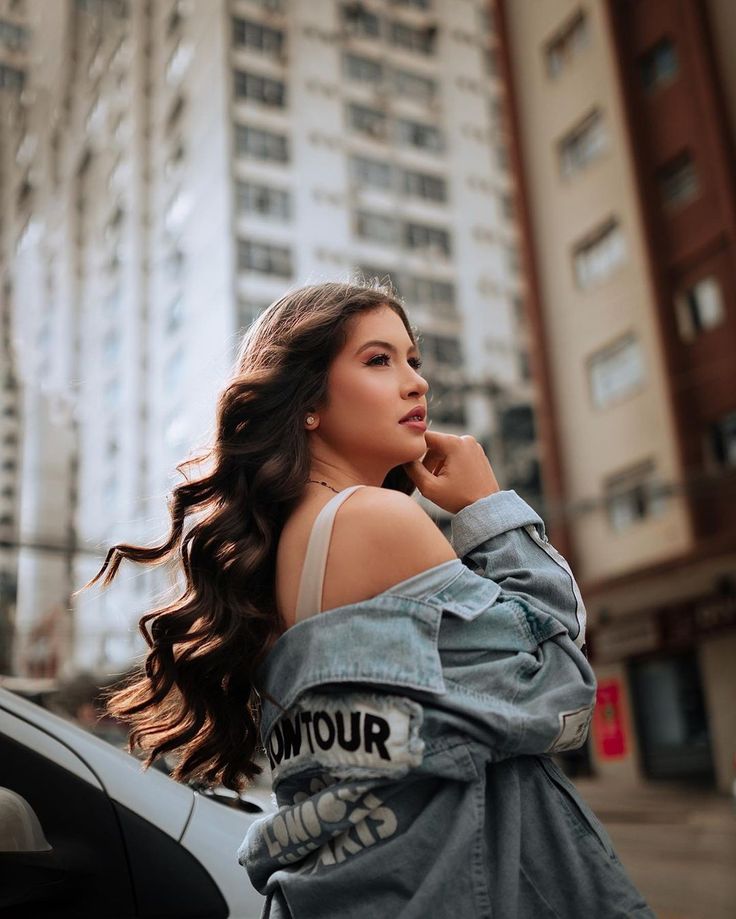
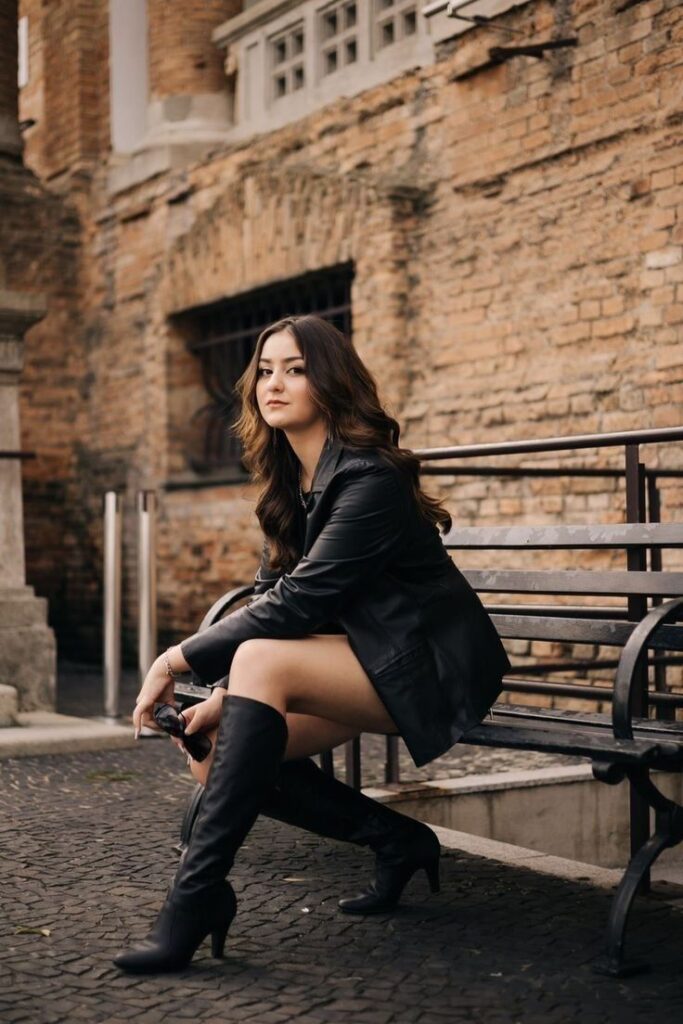
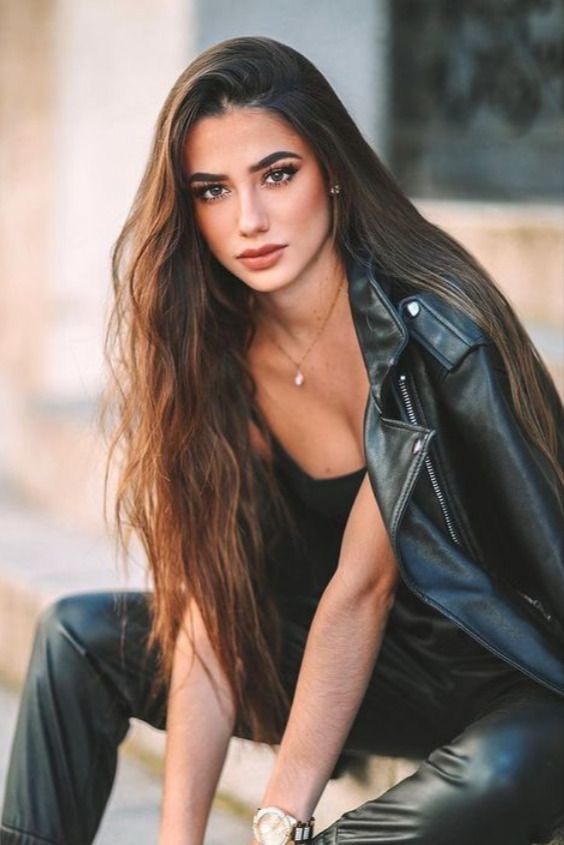
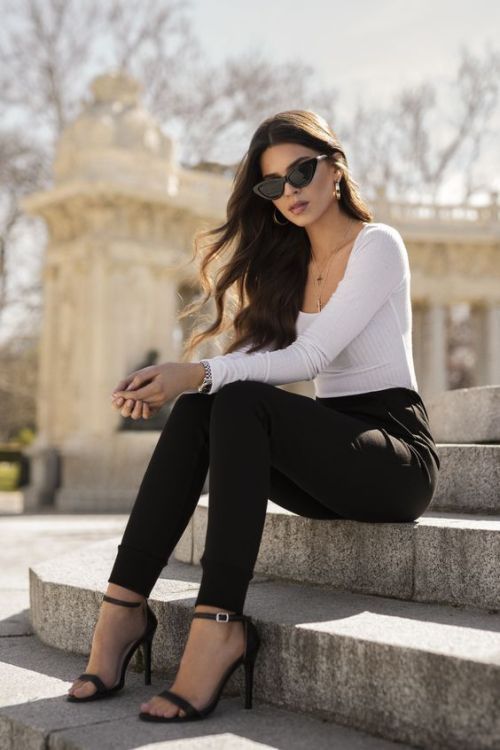
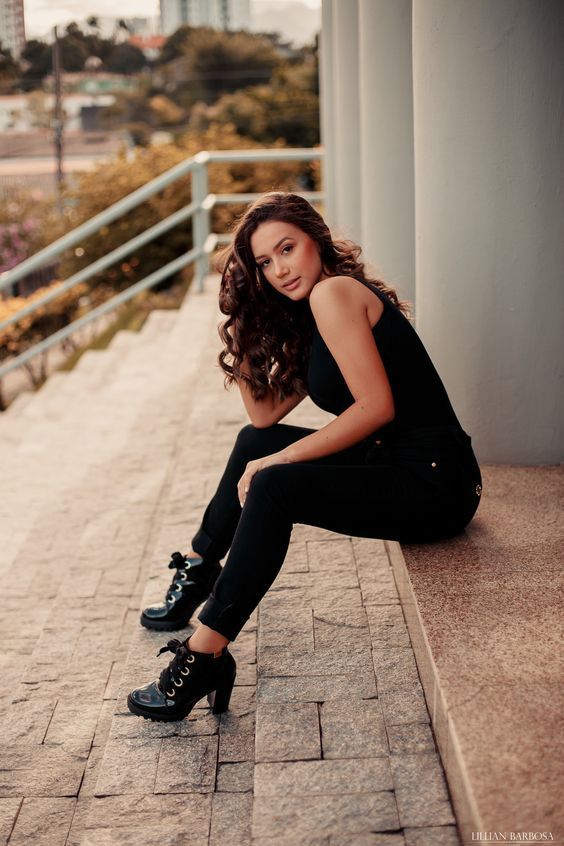
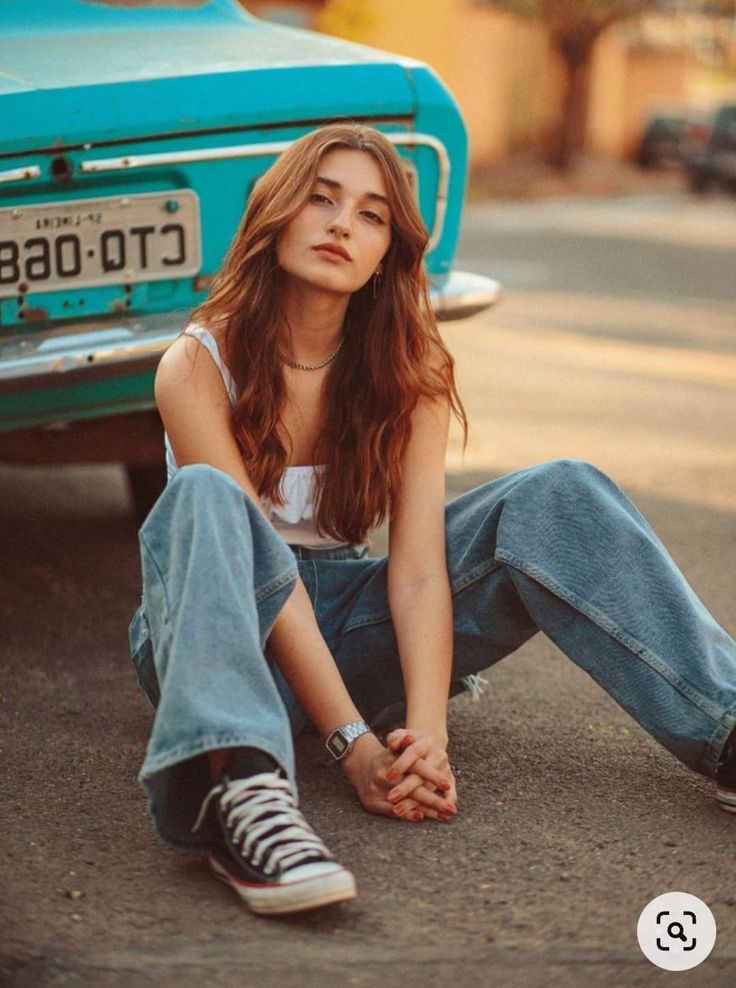
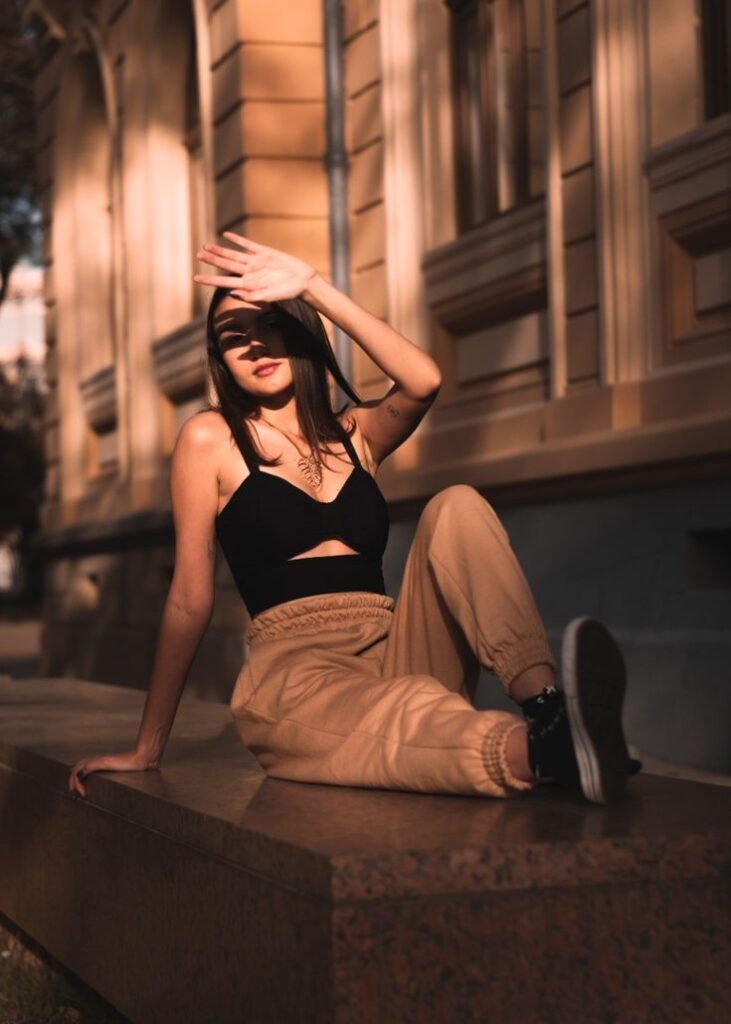
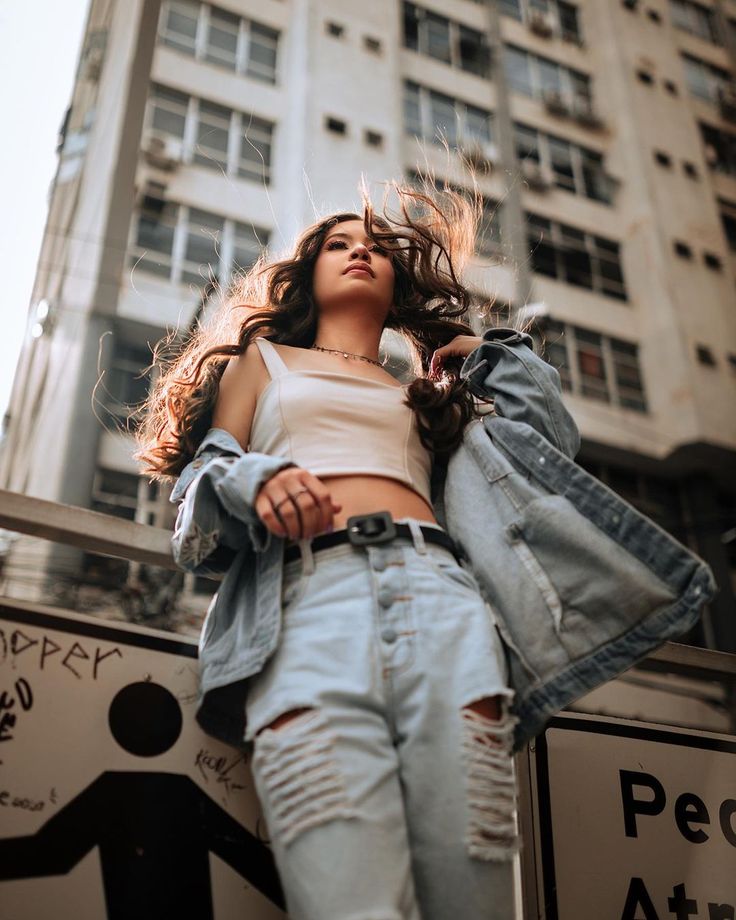
Step 3: Mastering Camera Settings for Portrait
Knowing the right camera settings ensures sharp, well-exposed images.
Best Camera Settings for Stunning Portrait
- Aperture: Wide apertures (f/1.8 – f/2.8) blur the background, making the subject stand out
- Shutter Speed: 1/200s or faster to avoid motion blur
- ISO: Keep ISO low (100-400) to minimize noise
Using Manual Mode for More Control
Shooting in manual mode gives you full control over exposure. If you’re new to it, try aperture priority mode (A or Av) to focus on depth of field while letting the camera adjust the rest.
Step 4: Posing and Directing Your Subject
Great poses make portraits look natural and expressive.
How to Make Subjects Feel Comfortable
- Give Simple Directions – Use easy-to-follow cues like “Look slightly to the left”
- Keep Conversations Going – Engage your subject to capture genuine expressions
- Use Movement – Walking, turning, or looking away creates natural poses
Best Poses for Stunning Portrait
- The Classic Headshot – Face slightly angled, soft smile or confident gaze
- Hands-in-Frame Pose – Hands in pockets, touching the face, or adjusting clothing
- Looking Away – Creates a candid, thoughtful effect
Step 5: Composing the Perfect Portrait
Composition brings balance and harmony to a portrait.
Top Composition Techniques for Portraits
- Rule of Thirds – Place the subject off-center for a dynamic effect
- Leading Lines – Use background elements to draw attention to the subject
- Negative Space – A clean background makes the subject stand out
Background Selection
- Avoid Cluttered Backgrounds – A busy background distracts from the subject
- Use Textures and Patterns – Brick walls, foliage, or urban settings add depth
- Blur the Background – A shallow depth of field makes the subject pop
Step 6: Editing for a Professional Finish
Post-processing enhances colors, sharpness, and overall impact.
Best Editing Software for Portraits
- Adobe Lightroom – Great for color correction and exposure adjustments
- Photoshop – Ideal for detailed skin retouching
- Capture One – Advanced color grading for professional portraits
Basic Portrait Editing Steps
- Adjust Exposure and Contrast – Ensure the subject is well-lit
- Smooth Skin Naturally – Reduce blemishes while keeping texture
- Enhance Eyes and Lips – Brighten eyes and subtly enhance lips for a polished look
Step 7: Capturing Emotion and Storytelling
The best portraits go beyond appearance; they evoke emotions.
How to Capture Emotion in Portraits
- Encourage Real Expressions – Make your subject laugh or reflect for authentic moments
- Use Meaningful Settings – A location with personal significance enhances storytelling
- Pay Attention to Micro-Expressions – Small details like eye twinkles or smirks add depth
Black and White Portraits for Stronger Emotion
Monochrome photography removes distractions and focuses on expressions and contrasts.
Step 8: Experimenting with Creative Portrait Photography
Unique Ideas for Stunning Portrait
- Silhouette Portraits – Backlight your subject for a striking silhouette
- Double Exposure – Blend two images for an artistic effect
- Props and Accessories – Hats, scarves, and flowers add personality
Trying Different Perspectives
- High-Angle Portraits – Makes the subject look smaller and delicate
- Low-Angle Portraits – Adds power and presence to the subject
- Close-Up Details – Focus on eyes, hands, or accessories for unique compositions
Conclusion
Mastering portrait photography takes time, but with practice and these step-by-step techniques, you can capture stunning portrait that leave a lasting impact. From choosing the right lens to directing subjects and editing with finesse, each step enhances the artistry of your portraits.
Start experimenting today and let your portraits tell beautiful, compelling stories!
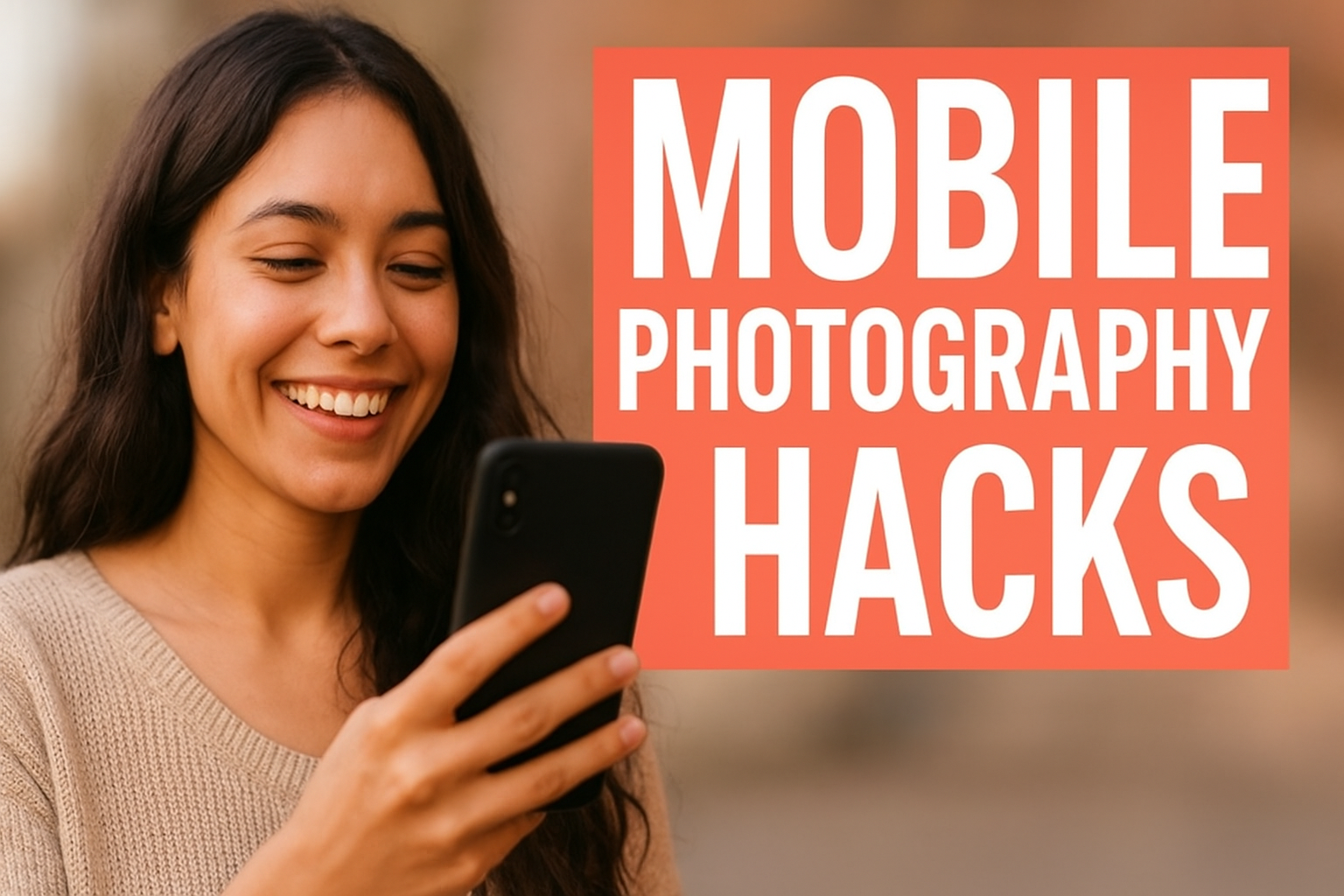
Mobile Photography Hacks: Candid Moments with Your Phone
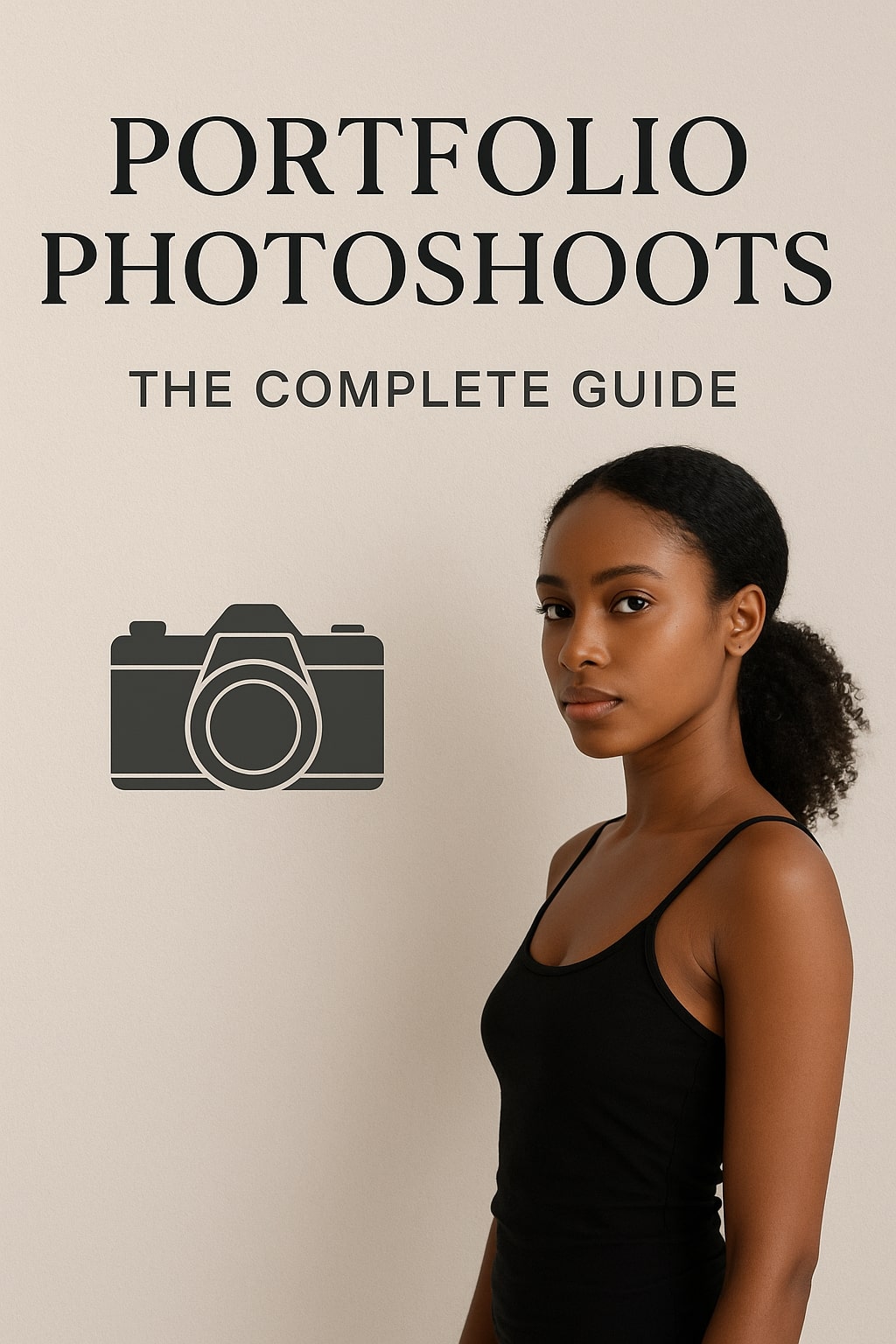
Professional Model & Portfolio Photoshoots: Show Your Best Work
-
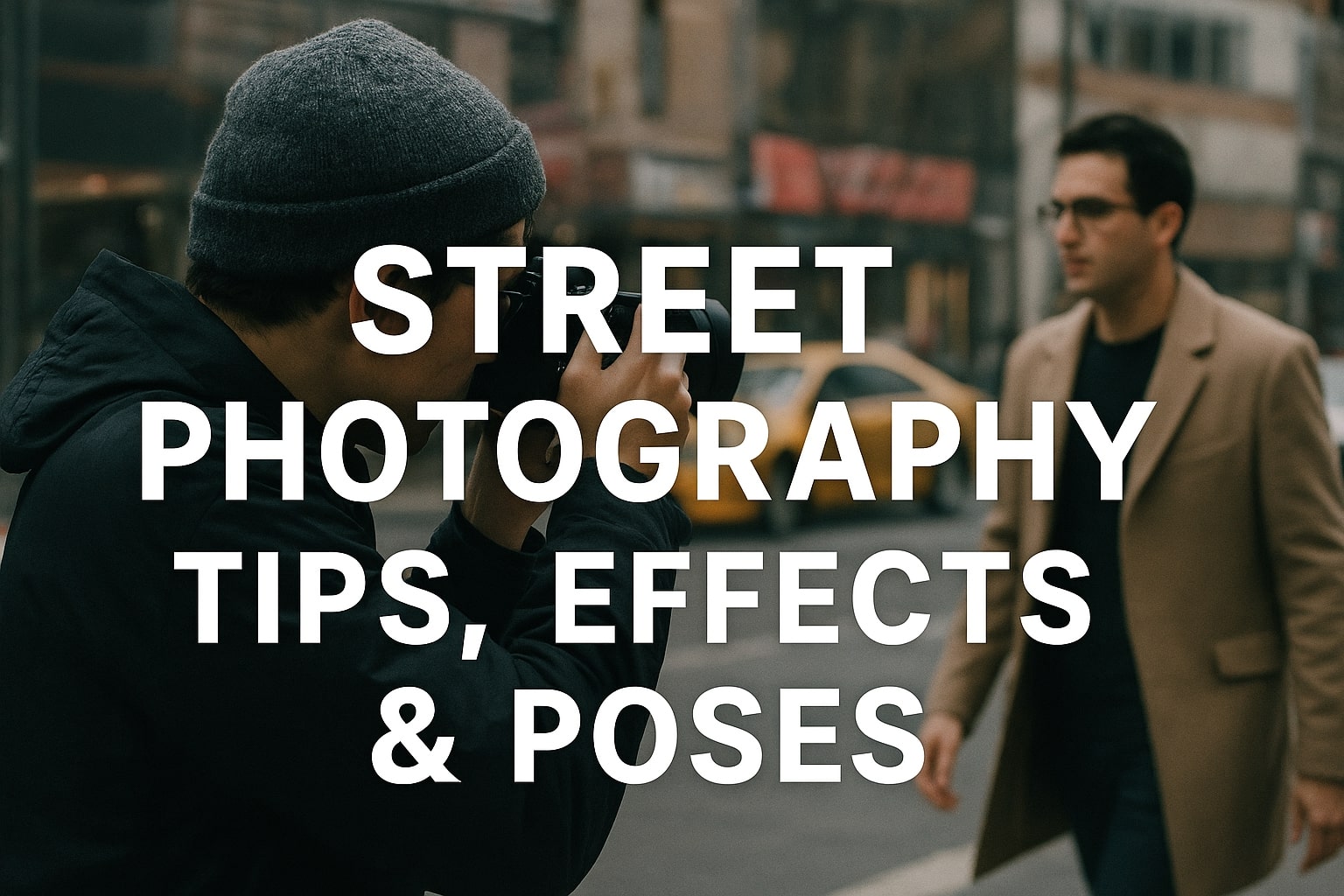
Street Photography Tips, Effects & Poses – Complete Guide
-
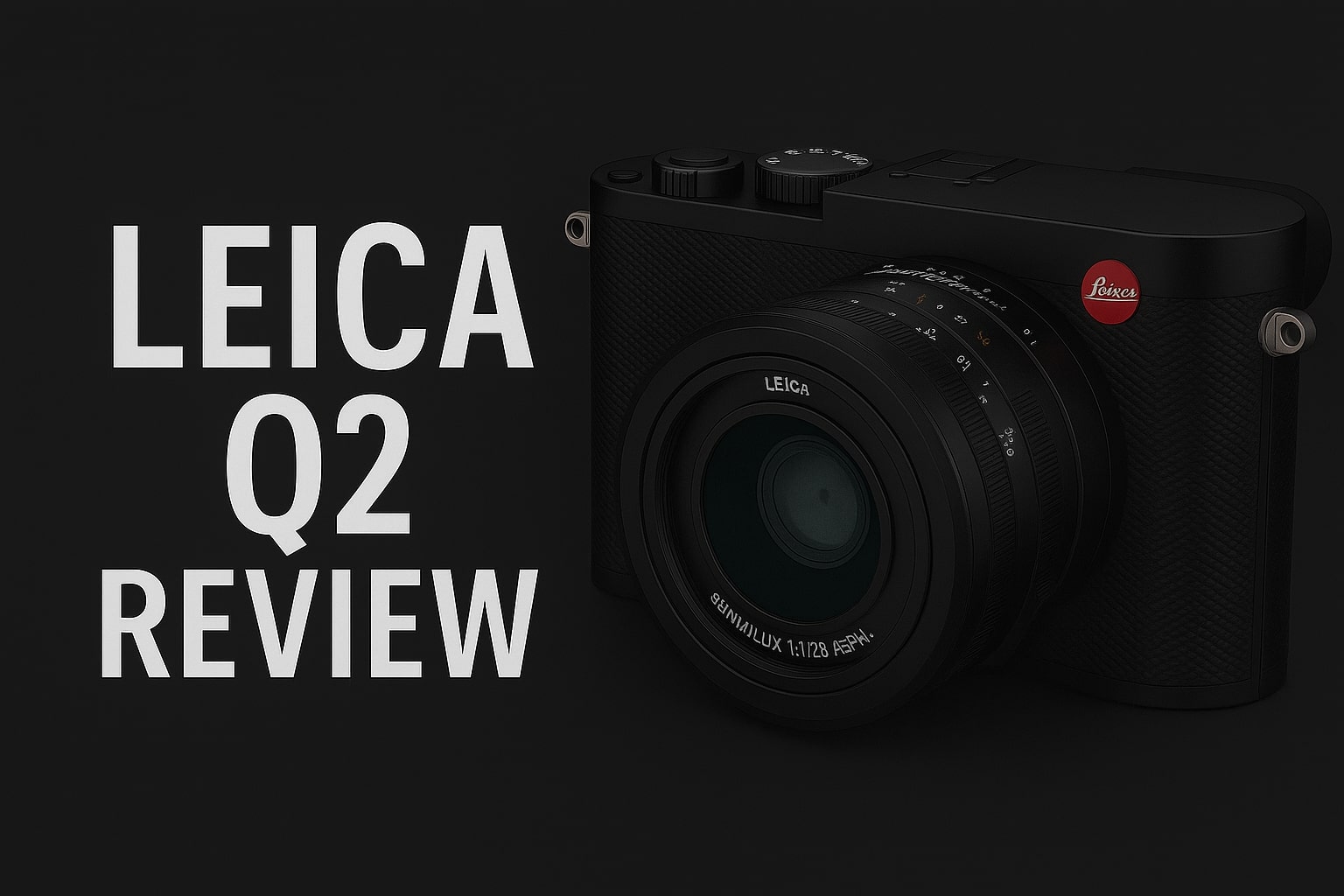
Leica Q2 for Photography: Why It’s Loved by Photographers
Mobile Photography Hacks: Candid Moments with Your Phone
Discover high-impact mobile photography hacks to capture genuine, gorgeous candid moments with your phone. Learn practical tips, composition secrets, and pro techniques to turn everyday scenes into stunning visual stories. Introduction: The New Age of Mobile Photography Photography has evolved beyond heavy cameras, technical jargon, and expensive equipment. Today, the power to capture extraordinary moments
Professional Model & Portfolio Photoshoots: Show Your Best Work
” Discover how to plan, style, and execute stunning portfolio photoshoots that showcase your skills, personality, and versatility. This comprehensive guide covers professional tips, posing ideas, gear suggestions, and industry insights for models and photographers.” Introduction – Why Portfolio Photoshoots Are the Cornerstone of a Photographer’s Career A well-crafted portfolio photoshoot is more than a
Street Photography Tips, Effects & Poses – Complete Guide
Discover the ultimate guide to Street Photography with expert tips, creative effects, and dynamic poses. Learn how to capture authentic urban moments, master composition, and tell powerful visual stories through your lens. Article Outline 1. Introduction to Street Photography Street Photography is more than just taking pictures of people in public spaces — it’s about
Leica Q2 for Photography: Why It’s Loved by Photographers
Introduction: The Cult Status of the Leica Q2 The Leica Q2 is not just a camera—it’s a statement. Combining the heritage of German precision engineering with modern digital excellence, it holds a special place in the hearts of professional and passionate photographers alike. With its full-frame sensor, prime Summilux lens, and minimalist design, the Q2
Top Cameras Under ₹1 Lakh for Freelance Photography
Freelance photography is no longer a niche—it’s a booming creative profession that demands not only vision and hustle but also the right gear. Your camera isn’t just a tool; it’s your storytelling partner. If you’re a freelance photographer aiming to balance performance, versatility, and budget, investing in a cameras under ₹1 lakh can offer the
Top Features of Nikon D850 That Make It Ideal for Photoshoots
Explore the top features of the Nikon D850 that make it a powerhouse for photoshoots. From exceptional resolution to dynamic range, this detailed Nikon D850 guide is built for professional and aspiring photographers. 1. Introduction When Nikon launched the D850, it quickly earned a reputation as a flagship DSLR that redefined what photographers could expect

